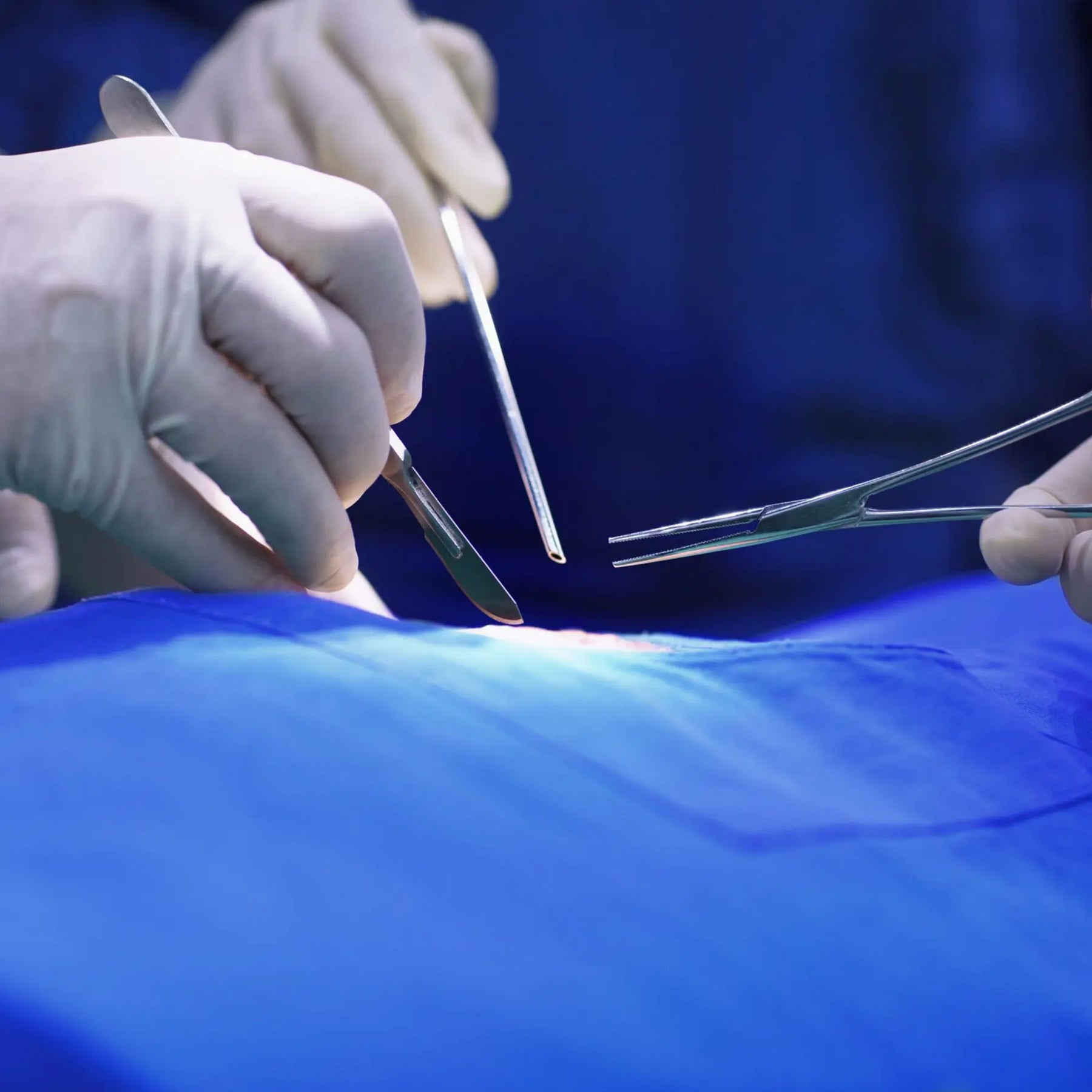
What to Know About Surgical Repairs
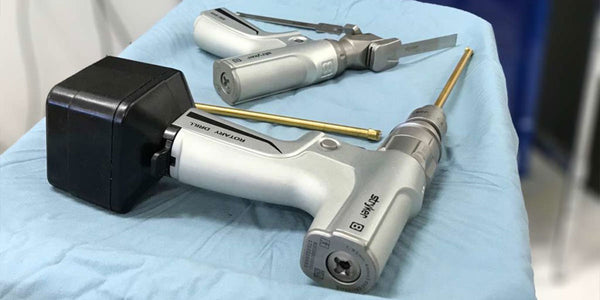 Purchasing new medical equipment can be costly. In most cases, repairing your surgical equipment can be a cost-effective alternative to trading out your broken tools or used medical equipment. Whether it is an operating room table, patient monitor, electro-surgical generator, or piece of power equipment, everything will need to be repaired eventually. With that being said, I wanted to address some of the options for repairing medical and surgical equipment. (If you are currently in need of a repair, call today or fill out the Request for Service (RFS) form and one of our representatives will assist you.
Purchasing new medical equipment can be costly. In most cases, repairing your surgical equipment can be a cost-effective alternative to trading out your broken tools or used medical equipment. Whether it is an operating room table, patient monitor, electro-surgical generator, or piece of power equipment, everything will need to be repaired eventually. With that being said, I wanted to address some of the options for repairing medical and surgical equipment. (If you are currently in need of a repair, call today or fill out the Request for Service (RFS) form and one of our representatives will assist you.
How to avoid repairs
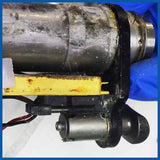
STEP 1: Preventative Maintenance
Typically, the best time to repair a medical device is before there is a problem. Like an oil change in a car or an air filter in a furnace, preventative maintenance can eliminate or lessen the severity of a surgical device repair once the item breaks. Checking a piece of used medical equipment can be completed internally by a trained biomedical staff member on your team or by one of our technicians. Note: If you have a medical device currently under warranty, do not open it or it will void your warranty. Instead, contact one of our representatives for your repair options.
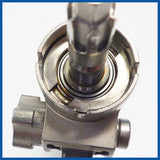
STEP 2: Review the service manual and memorize the instructions for use (IFU)
It may seem simple but follow the manufacturer’s care instructions to ensure the longevity of your surgical device. The instructions for cleaning and sterilization are one thing, but most individuals overlook runtime and storage portions of the manuals. If you have an OEM warranty the first thing that will void it is misuse. Companies like Stryker use software that analyzes the runtime for their medical devices and if the item was run longer than the stated instructions it voids your warranty. Software like that is useful for making better equipment, but it puts the burden of responsibility on your shoulders for using the equipment to the exact specifications outlined in the manual. So be sure to know and be familiar with those parameters. Otherwise you risk being stuck with an out of warranty repair bill.

STEP 3: Check the item for wear regularly
Inspecting a piece of used medical or surgical equipment can be straight forward. Just remember to use eyes, ears, nose, touch, and measurement devices if you have them available. We don’t need taste for this one for obvious of reasons, so you can and should leave that one behind. The earlier you repair an item, the better off you and your equipment will be both in terms of dollars and repairability.
Look with your eyes
Visually inspect the item for cracks, rust, corrosion, signs of melting or being dropped, fluids leaking, and any other signs that indicate a needed repair.

Check for rust and corrosion externally
By the time rust or corrosion is present on the outside of a unit, the inside is completely covered. A little bit of rust on the outside may seem small, but it is a sure sign of a needed repair.
Note: If the seals break at this point, any contaminants within the surgical hand piece will migrate to the external portion of the unit and will present patient risk.
Note: If there is rust or corrosion send in the item for repair immediately.
Fill out the RFS from and one of our customer service reps will assist you.
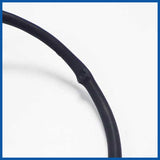
Check Cables
Run your hands along cables, hoses, and cords to check for irregularities. If there is a hole, cut, or bulging area located on the cord it will need to be repaired or replaced. Typically replacement is the only option for a cord but there are some cases where the cord can be repaired.
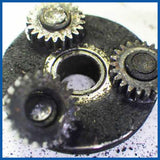
Listen to the item for any irregularities
If you have two surgical drills compare them for noise. Often times you will be able to hear if the gears, bearings, or drive system within a drill are in need of repair or replacement by comparing it to another unit. You may hear grinding or even labored noises indicating a dry or bound up gear system within a surgical drill. For an item like a charger or console, fans and excessive electronic noise can be an indication of failing components.
Note: When the lubricant in a surgical handpiece is dry, the sound of the unit will be louder than others.
Use your nose
There are a variety of smells that can aid you during testing. If the item is electronic, does it smell “hot” with either a faint or powerful smell of singed electrical components? If it is an item like a scope, does it have a smell of rot or decay? If so, it can be a sign of a bigger problem. Typically, if there is any smell at all other than cleaning detergents you will want to send the item in for repair. If you have any questions call today.
Is it getting hot?
Take a moment to feel the device while it is being used. Remember to stay within the runtime guidelines laid out within the manual for the item you are testing. Does the surgical handpiece get hot while you are using it? Does it shake or vibrate more than it should? Just like with listening, use a second or third item of the same type for comparison. This can be harder with an item like an operating room table, or stretcher due to the size but a comparison can be tremendously helpful if you have a second one available.
Measurement devices. Finally, if you have measurement devices specific to the item you are checking, use it for empirical data. Electrosurgical generators, and patient monitors for example have a variety of testing equipment that can verify the operational status of the medical or surgical device in question.
Note: If a unit measures out off parameters it must be sent in for repair.
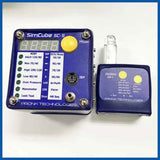
STEP 4: Record the results
Take the time to record any information about the item during the inspection. This will give you a baseline to go on for that item and eventually give you a reference point for similar used medical devices at your facility.
When to repair a piece of medical equipment
Using the methods above will help you determine when an item needs to be repaired. After determining an item needs to be repaired, you will want to send it to a reliable company.
Finding a reliable company to repair your used medical devices and equipment can be difficult. At Surgical Power we strive to repair and refurbish all the surgical equipment in a timely, professional, and reliable manner. We are re-defining the refurbished and surgical equipment repair market by placing quality and craftsmanship above all else. We are constantly making improvements to our processes to increase our capabilities. Call today or email our customer service department for more information.
Ask Questions
There are companies who can be reliable, others who are not, and still more who don’t actually repair at all and simply act as a middle man. There is nothing wrong with a middle man, but it will increase your cost and lessen the details for your repairs. A company that repairs used medical equipment will be able to answer the following questions directly and give you an idea for their reliability.
- What is your current lead time for repairs? Any company worth their salt will have a pulse on their company’s lead time and capabilities. If they have to “call you back” to answer the question it will tell you one of two things. First, either they do not repair in house and need to call the company they are outsourcing to for that information, or second and even worse, they are too unorganized to handle your medical equipment repairs effectively and timely. The time can vary on the type of medical and surgical equipment, but you should receive a straight answer regardless if the time is 3 days or 3 weeks.
- Do you offer loaners or rentals? If the answer to the first question is 3 weeks or more, you may need a loaner that can keep your facility on track with scheduled surgeries. Here at Surgical Power we keep an extensive loaner pool for surgical drills and saws. Other items like electrosurgical generators are available only as a rental.
- How detailed are your quotes? Detailed quotes allow you to observe the history on an item and give you an educated vantage for controlling your supply and determining reorder points. Detailed quotes also provide clear information for record keeping and warranty coverage's. If you receive a quote from a company that simply states, “drill repair” and the cost or something equally vague, you may want to look elsewhere. It may seem like an unimportant question, but it will save you headaches in the future.
- How long is your warranty and what does it cover? This one is more straight forward. Good repairs aren’t cheap. You will want a warranty that covers your repair investment and gives you peace of mind. There will always be issues that arise from different pieces of used medical and surgical equipment. If everything was perfect even our bodies wouldn’t break down and need surgery. A warranty is insurance. Don’t trust a company that will not provide an antiquate warranty.
Those four questions may not weed out every middle man or troublesome repair facility, but it will get you closer to the source and ensure accurate communication about your repairs. If you have any further questions or if you have an item to send in for repair call us or submit an RFS form and one of our customer service reps will be able to assist you.
STEP 5: Equipment Longevity
At this point you should have a better understanding for repairing your equipment, but what about an on-going solution? There are several solutions you can choose from to ensure your medical and surgical equipment remains operational.
Service contracts
Most OEM’s will offer service contracts for their equipment. The only downside to manufacturer repairs is you have to keep the paperwork for each individual company and keep tabs on each piece of equipment in its separate location. It can be a headache to juggle equipment from different facilities.
We offer surgical equipment repair contracts to lower costs for hospitals and surgery centers. The coverage can span many different brands, ensuring more coverage than what a single OEM can offer while giving you a single point of contact for all your equipment. We are re-defining the savings your facility can have by being one source to cover your surgical equipment under a repair contract. Just like a buying group, the quantity of repairs can lower the cost of each repair.
Managed Equipment Services
If your operational budget has room, utilizing a management service for your medical equipment can be a terrific option. Instead of purchasing equipment and needing to repair and manage the equipment constantly, a managed equipment service provides the equipment you need along with all repairs and upgrades as time goes on for a flat rate. Simply send in a broken unit and receive a replacement on rotation. No more constant purchasing, repairing, and upgrading. The upside to this solution is less headaches for managing used medical equipment and repairs on your end. The downside to this method is never owning the equipment for depreciation. If you have any questions about service contracts or managed equipment services, send us an email.
Where do we fit in?
As a division of Didage, Surgical Power provides surgical equipment repairs for many different brands of medical devices and equipment, including Stryker, Conmed Hall, Depuy Synthes, Medtronic, Welch Allyn, Baxter, Zimmer Biomet, MicroAire, and 3M just to name a few. Or, if you are needing to purchase a set of Surgical Power Tools, or call us today for a quote.
Surgical Power has thousands of customers around the globe that have purchased from us and trusted us to repair their medical equipment and surgical devices. We stand behind what we sell and offer a warranty for peace of mind for our customers.
Repairs happen. CLICK HERE to fill out an RFS form and get help.
Surgical Power is in no way affiliated with any of the OEMs represented. All repairs/warranties are valid through Surgical Power only. OEMs are not responsible for any repair/warranty(s) completed or issued by Surgical Power.
